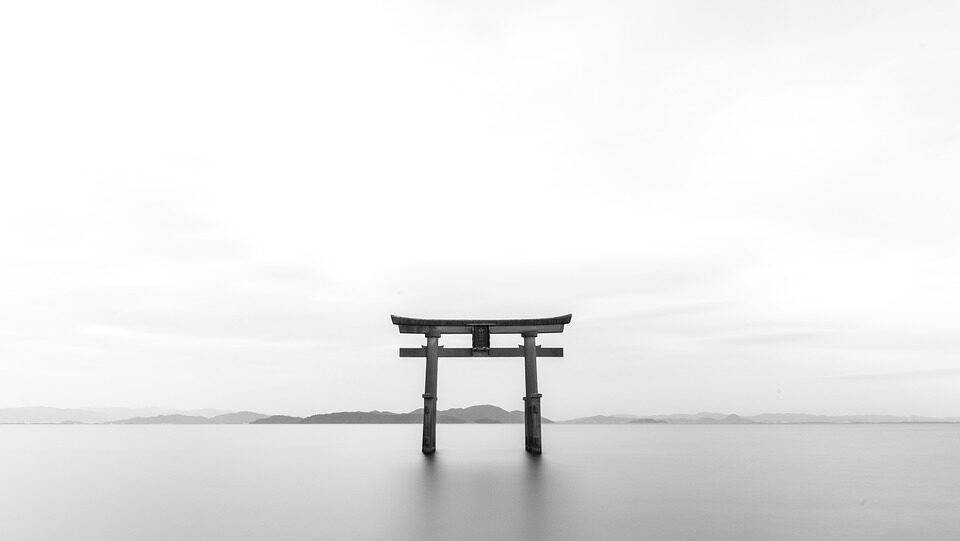【What is “Shichi-Go-San”?】An event to celebrate the growth of girls and boys in Japan
In this page, I would like to write about “Shichi-Go-San”, an event to celebrate the growth of girls and boys in Japan.
It’s a classic Japanese event to celebrate each growth.
目次
What is “Shichi-Go-San” anyway?
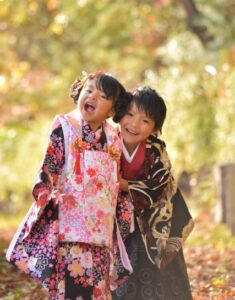
This is an event in which children who have turned [three, five, or seven] years old are dressed in Sunday best and go to a shrine to have them purified.
Normally, it is held at the ages of three and seven for girls and five for boys.
(In some areas, the ceremony is also held for boys when they turn three, or for both genders.)
The date used to be November 15th, but nowadays it is often held on any Saturday, Sunday or holiday in November.
The date comes from the fact that the celebration of Tokumatsu-gimi(徳松君), the son of Tokugawa Tsunayoshi(徳川綱吉), the shogun of the Edo period, was held on November 15th in the first year of the Tenna Era.
Until then, the ceremony was held on the auspicious day of the New Year or on the child’s birthday.
The Roots of “Shichi-Go-San”
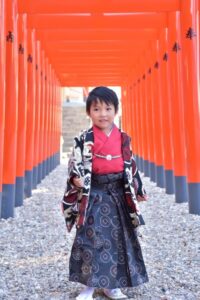
The roots of “Shichi-Go-San” are thought to be in the customs of the samurai families.
Three years old:A celebration called “Kami-oki(髪置き)” is held to start growing out the hair that was previously shaved.
Five years old:Celebration of “Hakama-gi(袴着)”, when boys are allowed to wear hakama for the first time and stand on the Go board.
Seven years old:The “Obi-toki(帯解)” or “Obi-naoshi(帯直し)” celebration, in which girls change from a string to an Obi.
It is widely believed that the above three events were combined into one event in the late Edo period (1603-1868), known as “Shichi-go-san”.
It was originally a local custom in the Kanto region, which later spread to the Kansai region and then to the rest of Japan.
The “Nanatsu-go-iwai” became a widespread event

One of the customs that led to the spread of Shichi-go-san is the “Nanatsu-go-iwai(七つ子祝い, Those wards meams for the birth of a child)”.
In the olden days, it was said that “up to the age of seven, They are as good as a god” and no matter what you did, you would not be punished, but the probability of dying before the age of seven was very high.
It was said that the probability of dying before the age of seven was very high, so much so that even if a child died before the age of seven, there was no need to hold a funeral.
It’s sad, isn’t it?
For this reason, the custom of showing the child’s growth to the local deity at the age of seven took root.
It must have been a way to celebrate the child’s growth to the age of seven.
What kind of shrine do we go to?
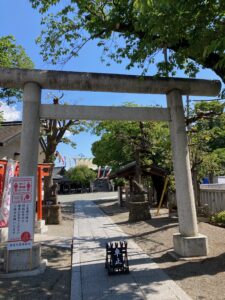
Originally, visiting shrines for Shichi-Go-San was meant to report the growth of the child to the local deity (Ujigami-sama(氏神様), the god of the area).
It was also meant to report the child’s joining the ranks of the Ujiko (氏子)(people who believe in the same Ujigami-sama).
Therefore, if you want to follow the original custom, it would be better to go to a shrine where the local Ujigami is enshrined.
Nowadays, there are cases where Shichi-Go-San is held at famous shrines and temples.
It is one thing to hold Shichi-Go-San at a place where you have a connection with.
Shichi-Go-San Kimono
For Shichi-Go-San, both girls and boys often wear “Haregi(晴れ着)” (fine clothes).
Here are some typical costumes for each age group.
○Three years old
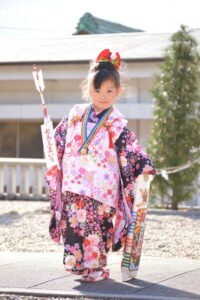
A three-year-old girl wears a “Hifu(被布)” over a celebratory kimono “Iwaigi(祝い着)”.
The inside of the kimono is a “Heko obi (兵児帯, belt for children)”.
○Five years old
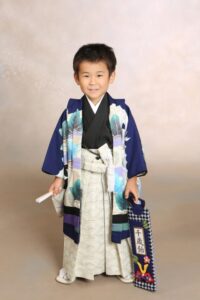
A five-year-old boy wears a plain or “Noshime(熨斗目)” kimono and haori,
He wears a hakama of Sendaihira (仙台平, traditional Japanese male dress) .
He wears white tabi socks and Zori (草履, sandals).
A sword is worn at the waist.
○Seven years old
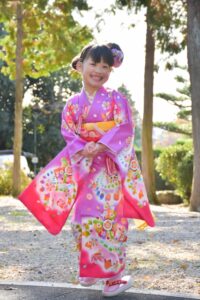
For a seven year old girl’s formal kimono, a children’s festive sash is placed over the shigoki-obi, and a rounded obi-strap is worn.
A Sensu(扇子) with a tassel is tucked into the obi, and a small container called a “Hakoseko(筥迫)” is placed in the pocket.
What is Chitose-Ame?
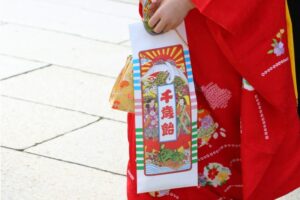
Another essential item for “Shichi-Go-San” is “Chitose-Ame” (千歳飴, Chitose candy).
Chitose-Ame is a stick-shaped candy with an unparalleled length.
The length and thickness of Chitose-Ame are determined by a rule, with the longest being 1 meter and the thickest being 15 millimeters.
The standard color was red and white to represent festive occasions, but nowadays there are quite a few variations.
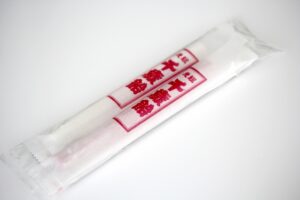
There are two well-known theories about the origin of Chitose-Ame.
One is that “Sennen-Ame(千年飴)”, a specialty candy sold by a candy seller named Shichibei(七兵衛) in the precincts of Sensoji(浅草寺) Temple in Asakusa, spread throughout the country.
The other is that a man from Osaka named Jinzaemon Hirano(平野甚左衛門) started selling a confection called Senzai-Ame(千歳飴) in Edo (present-day Tokyo).
Although there are several theories, the meaning behind the candy seems to be common.
As the name suggests, it is a wish for longevity.
Since it is a celebration of growing up, it was probably popularized with the wish for a long life.
“Shichi-Go-San” as Japanese Culture
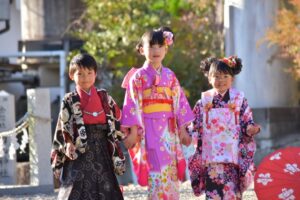
“Shichi-Go-San,” which used to be held in November, is now held between September and December to avoid the crowded period during the coronavirus epidemic, and the range of dates is expanding.
The locations of these ceremonies have also become more diverse, from shrines enshrining the local deity to well-known shrines and temples in various regions.
Although this is a relatively new custom that originally started in the Edo period, it has changed rapidly with the times.
Even though the situation is different from the Edo period, when the “celebration of the seven children” was held, I believe that the way each family feels about their children has not changed in terms of celebrating their growth.
It is a precious opportunity to wear a kimono, and as one of the events of Japanese culture to celebrate growth, I would like to continue to cherish it in the future.
